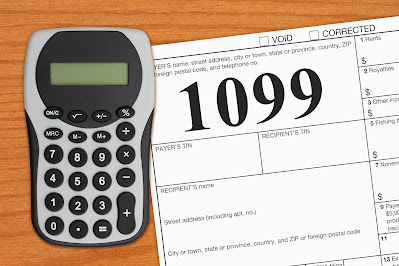What car expenses can you write off on your business taxes?
Owning and running a car comes with costs, but some of these costs can be written off if they’re for business purposes. How much you can write off depends on how much you use the vehicle for business versus personal use.
Solely for business: If you use the car exclusively for business, you can write off the full cost of ownership and maintenance.
Mixed use: If you split the car’s use between business and personal purposes, you can write off the portion related to business. For instance, if you use the car for business 25% of the time, you can write off 25% of the total costs or the miles driven.
Deductible car expenses according to the IRS
Here are the expenses that are eligible for tax deductions, according to the IRS:
Mileage. The IRS publishes a standard mileage rate each year which you can use to calculate your mileage deduction—just multiply the rate by the number of miles you drove for business purposes.
Note that commuting from your home to an office and back is not deductible; that is classified as a personal expense. Additionally, if you use the standard mileage rate deduction, you won’t be able to deduct other expenses associated with your vehicle, including depreciation, gas or fuel, registration and license fees, etc. You can, however, deduct the cost of parking and tolls.
Depreciation. Depreciation refers to the cost of regular wear and tear on your car, and can be calculated using the Modified Accelerated Cost Recovery System (MACRS).
If you’re calculating your auto-related deductions using the actual expense method, meaning you keep track of your actual expenses (with receipts and documentation), you’ll calculate your depreciation as an actual expense.
- Gas and fuel costs. Any gasoline or fuel costs associated with business use of your car can be deducted.
- Lease payments. If you lease your vehicle, you can deduct a percentage of the lease payments. This percentage would be equal to the percentage of total miles that you drove for business.
- Loan interest payments. Similarly, you can deduct a percentage of the interest you pay on your car loan if you own the car.
- Administrative fees for licenses, registration, etc. Registration renewals, license renewals, and other administrative fees are deductible.
- Maintenance and repairs. Expenses related to maintaining and repairing your vehicle are deductible. This includes oil changes, tire rotations, brake repairs, and other necessary maintenance (remember, only the portion of it that applies to business use of the vehicle).
- Insurance premiums. If your auto insurance premium covers business use of your vehicle, you can deduct a portion of those payments.
- Maintain a dedicated mileage log for business use. Record the date, starting and ending locations, mileage, and purpose of the trip for each business-related journey.
- Keep copies of all receipts for fuel, maintenance, repairs, insurance, and other auto-related expenses. Note the business-related portions where applicable.
- Use a smartphone app or digital tool designed for expense tracking and mileage logging to make record-keeping more convenient and accurate.










